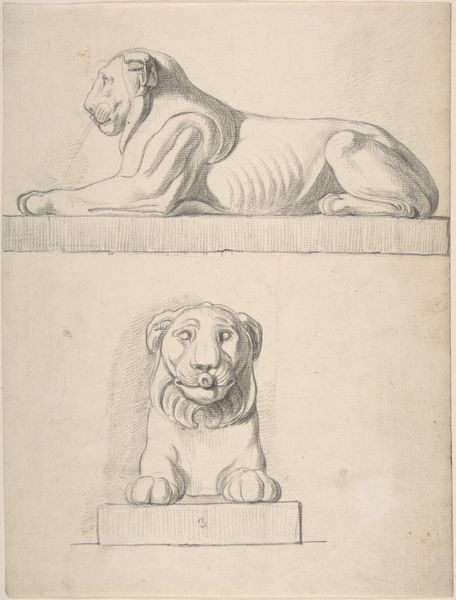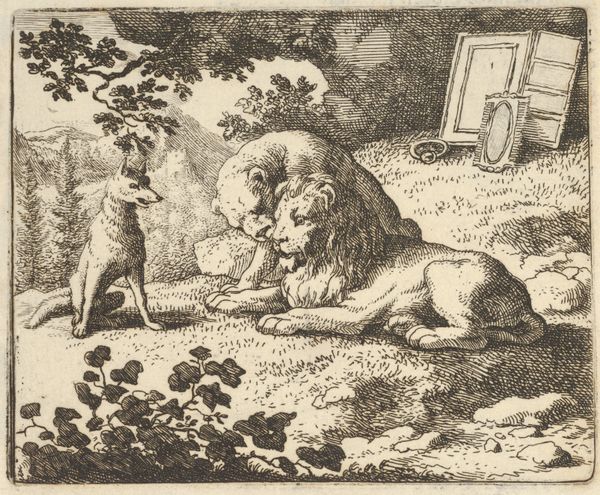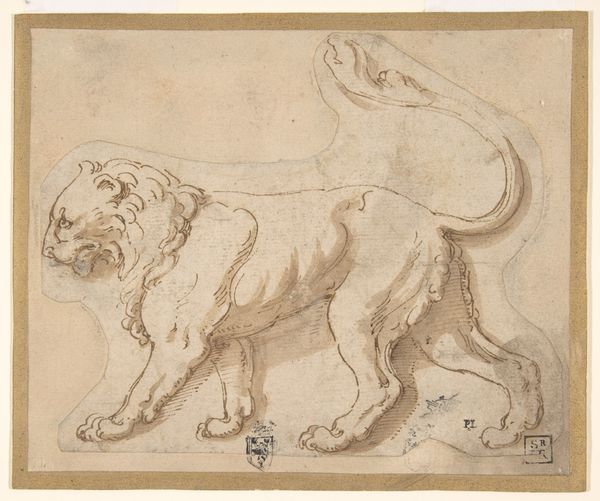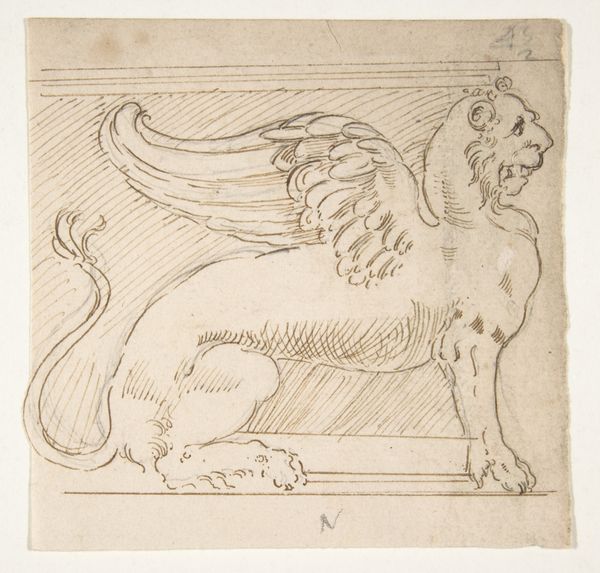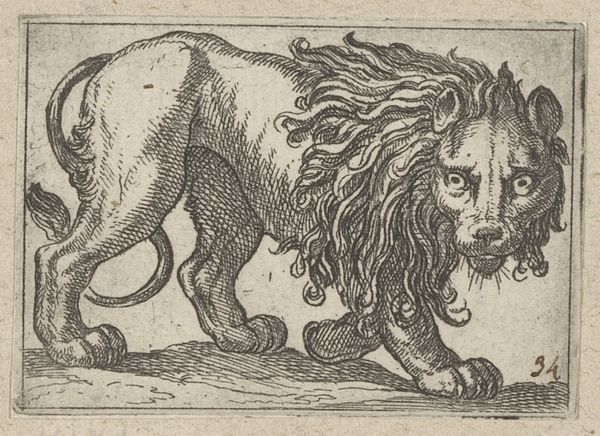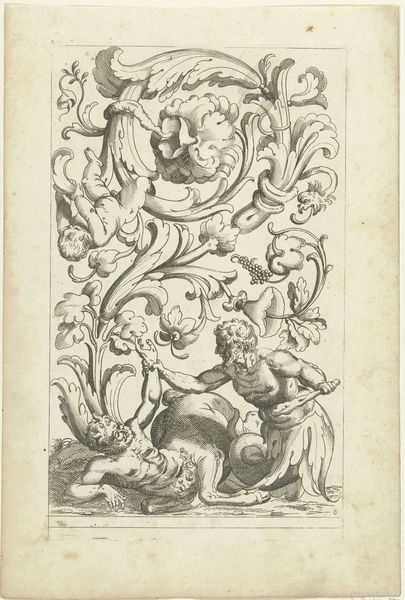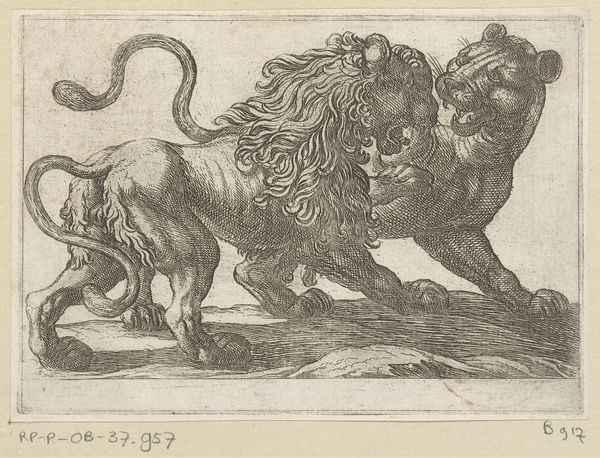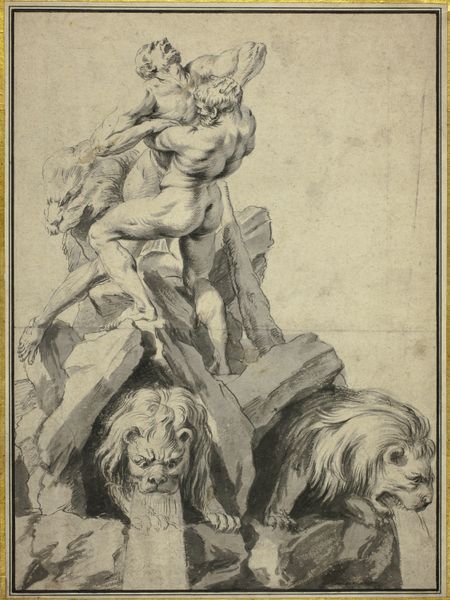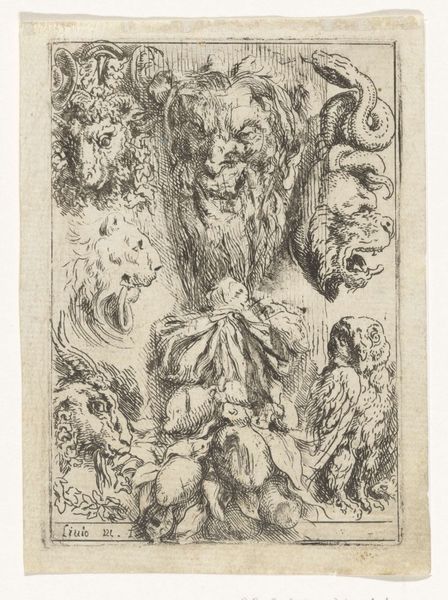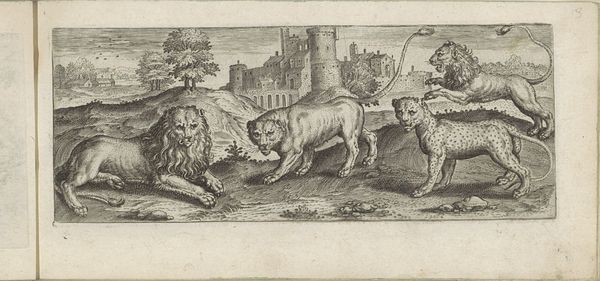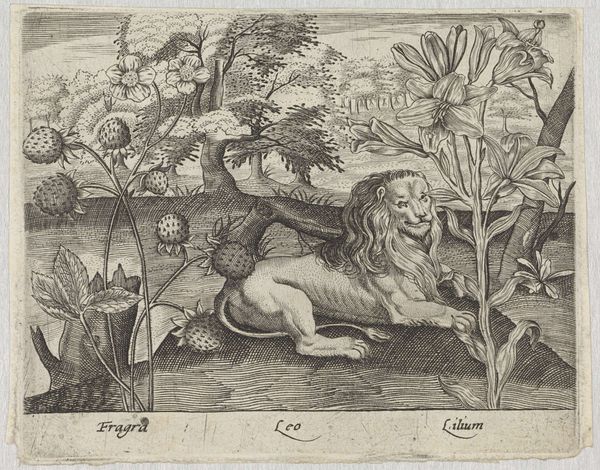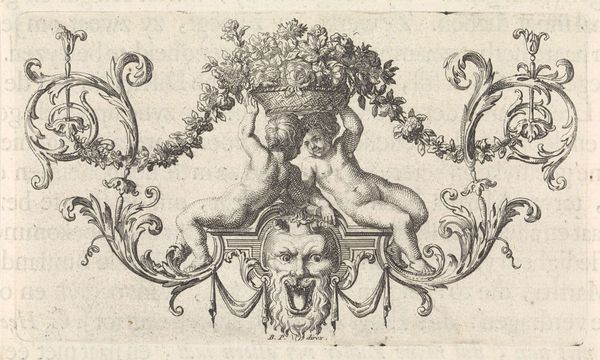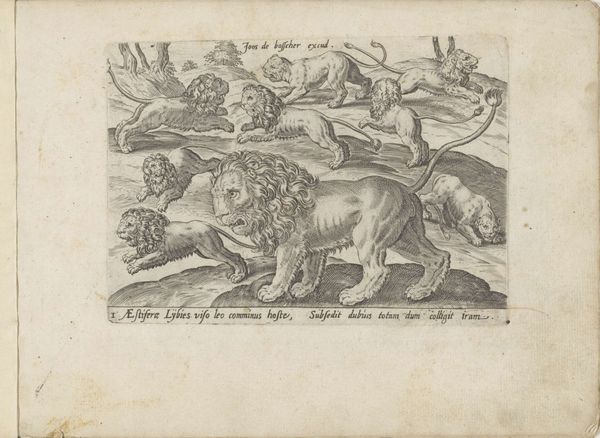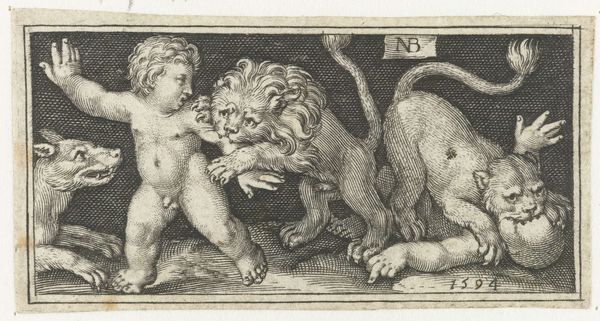
Classical Sculpture of a Lion and Two Rosettes 1776 - 1779
0:00
0:00
drawing, print, sculpture, pencil
#
drawing
# print
#
pencil sketch
#
landscape
#
classical-realism
#
sculpture
#
pencil
#
realism
Dimensions: sheet: 12 11/16 x 9 1/8 in. (32.3 x 23.1 cm)
Copyright: Public Domain
Editor: This drawing by Thomas Hardwick, dating from the late 1770s, depicts a classical sculpture of a lion along with two rosettes. The delicate pencil work gives it such a subdued and academic feel. What stands out to you when you look at this image? Curator: It is interesting to consider this drawing not merely as a study of classical forms, but also as an engagement with power and representation during the late 18th century. How does the lion, a recurring symbol of authority, intersect with the social and political anxieties of that era, considering rising revolutionary sentiments? Editor: So, the lion isn't just a lion? I mean, beyond representing power, could it be seen in relation to ideas about empire? Curator: Absolutely! The British Empire was expanding, and classical imagery was frequently employed to legitimize imperial ambitions. The lion, a symbol of British strength, can be seen in dialogue with colonial power dynamics and the subjugation of colonized peoples. But also consider the rosettes – often associated with patronage and nobility. Editor: It feels like I'm only scratching the surface by looking at the surface of the art! Now I am wondering what exactly Hardwick intended, especially with these objects presented together in the image. Curator: Isn't that the beauty of engaging with art from an intersectional lens? It invites us to question the artist's intent and contextualize the artwork within the complexities of history. By exploring art, it reflects our own experiences too. Editor: Exactly! This makes me appreciate the drawing even more. Thanks for sharing that insightful analysis.
Comments
No comments
Be the first to comment and join the conversation on the ultimate creative platform.
